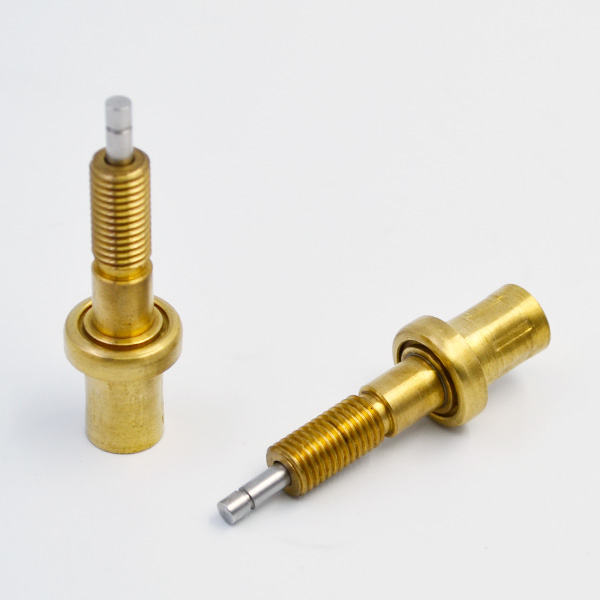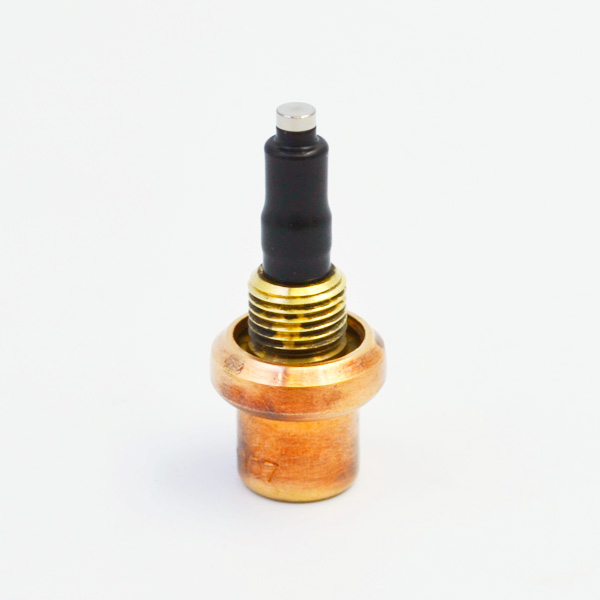Temperature control plays an important role in industrial production.
In this paper, a temperature controller is designed based on self-tuning PID control algorithm. Finally, a simulation model is built by Simulink software to verify its correctness. Temperature is one of the most basic physical quantities in industrial production and life. The development of many disciplines is inseparable from temperature.

With the continuous development of control theory, the control and measurement of parameters such as temperature, humidity and pressure in various control occasions have been greatly developed, and temperature control is one of the most important ones.
PID controller is the most widely used controller in the field of temperature control. It has the characteristics of simple principle, convenient use and strong adaptability. The essence of PID control is actually a negative feedback control.
When the control performance is not very high and the control characteristics of the system are simple and easy to understand, it is very suitable for use.
It includes three control laws: proportional control, integral control and differential control. Under the action of deviating step input, the output line of the controller suddenly changes to the maximum KDKce under the action of proportional differentiation; then, under the combined action of integral and proportional differentiation, it first decreases with the weakening of differential action, and then increases with the enhancement of integral action; finally, it shows an upward trend under the action of integral action.
Obviously, in the whole control process, proportional control has been playing a role. Differential control mainly occurs in the early stage, and integral control mainly occurs in the late stage. The self-tuning PID control is divided into two steps.
The first step is the self-tuning state of the control system. The parameters of the qualified PID controller are determined by the oscillation of the control system. This is a very critical step, and it is also an important point that the self-tuning PID controller is different from the ordinary controller.

The determination of parameters is not given in advance by technicians on the basis of experiment and experience, but through the self-tuning of the control system to meet the requirements. This not only ensures that the PID parameters set at this time meet the requirements of the control system at this time, but also solves the shortcomings of manual tuning of the PID parameters, which is laborious and time-consuming. The second step: In the first step, thermostatic element the self-tuning PID parameters are assigned to the PID controller, through which the control system is controlled. This is almost the same as the ordinary PID controller.
The difference is that the parameters of the PID controller are self-tuned by the control system according to the actual situation, not by the technicians based on experiments and experience. Finally, the response curve shown in Fig. 1 is obtained. By observing the simulation diagram, there are oscillations and overshoots in the diagram, but after two oscillations, the curve stabilizes at the target position and meets the control requirements, which proves the correctness of the method of relay self-tuning parameters.
Temperature control plays an important role in industrial production. In this paper, a self-tuning PID controller is simulated and designed, and then its correctness is verified by the Simulink software.
